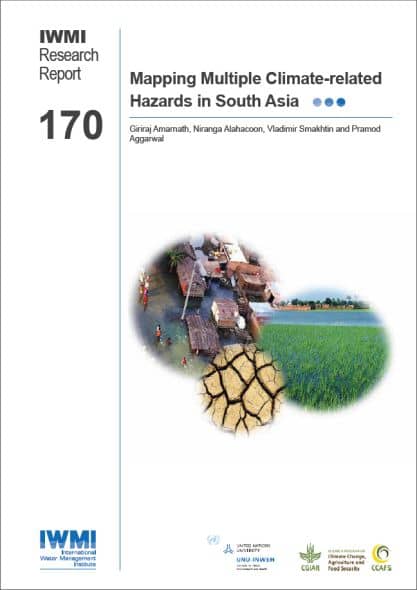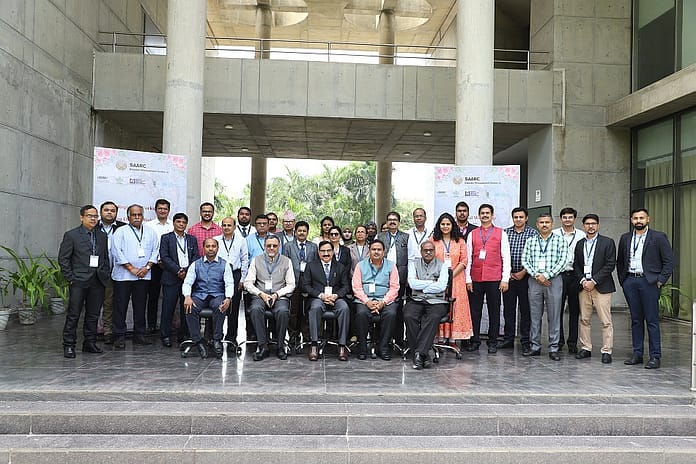New report underlines vulnerability of agriculture to climate hazards
Patna, (June 7, 2017) – Almost 750 million (75 Crore) people in South Asia were affected by a combination of climate hazards in the decade after 2000, according to a new research report by the International Water Management Institute (IWMI). The report further identifies agriculture as the most vulnerable sector.

Launching the report at a policy dialogue workshop, Prof. Chandrashekhar, Minister of Disaster Management Department, Government of Bihar, said, “Bihar experiences heavy floods despite not receiving good rains. This is mostly due to water coming in from neighboring states and countries. On the other hand, we suffer twice, as people of Bihar do not receive enough water to meet their requirements during the dry season. India has no shortage of talent, but devotion and motivation is required to implement a successful initiative which benefits people. Satellite‐based insurance is a historic initiative; our department will extend all support to this effort.”
The research report presents a detailed approach to mapping hazards and identifying risks for floods, droughts, extreme rainfall, extreme temperature and sea‐level rise in South Asia. The study applies for the first time a consistent methodology across different climate‐related hazards, includes assessment of the population affected along with agricultural losses and makes use of spatial data and customized tools.
Read the full press release




